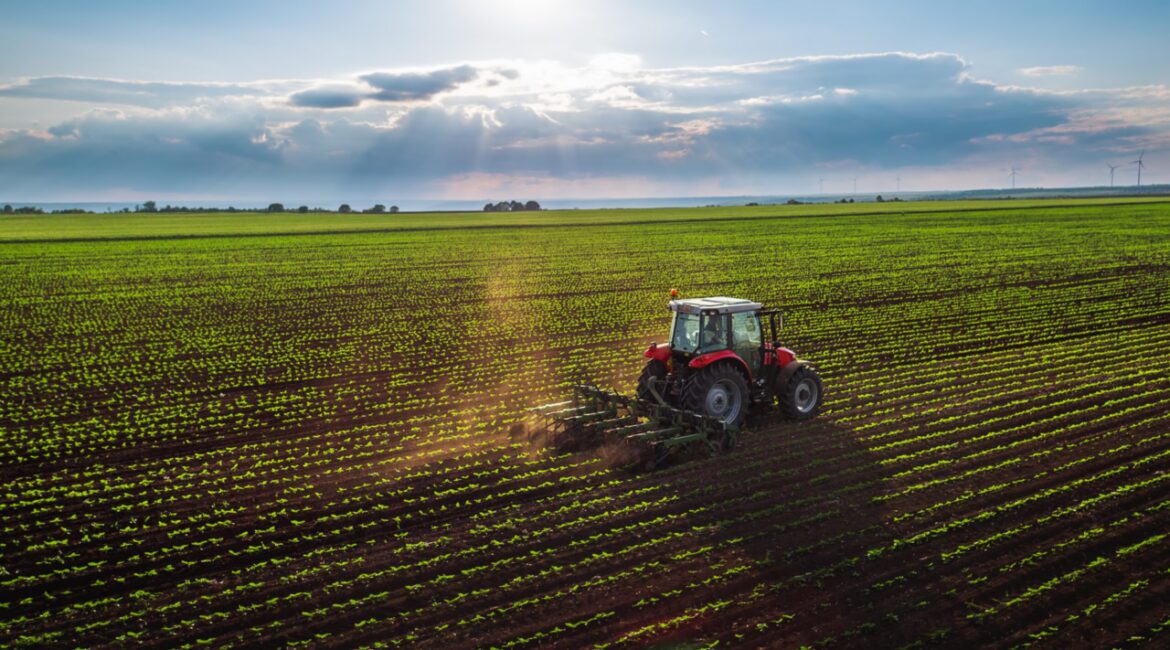As planting season approaches with the promise of growth, it’s essential for farmers to not only focus on crops but also to strategically assess their financial standing. The U.S. Department of Agriculture forecasts a significant planting season, projecting approximately 178 million farmland acres for corn and soybeans in 2024. To maximize the success of your operation this planting season, consider the following steps:
Review Previous Years Financials and Build a Budget
Take a comprehensive look at your previous years’ financial performance to identify strengths and weaknesses. This analysis forms a trendline, providing insights into your operation’s trajectory. Create a budget for the upcoming operating cycle to understand your breakeven point and assess profit potential.
If the bottom line is negative, explore opportunities to enhance margins by trimming unnecessary expenses, adjusting crop mix, or refining your marketing plan. Common areas for improvement during planting season include reducing chemical, rent, and equipment lease expenses. Consistently upgrading machinery may not always be necessary.
“If you haven’t already done so, make sure to fill out your balance sheet for year-end 20023. This is essential for measuring wealth growth from year to year.” advises Luke Schultz, Conterra relationship manager for the Great Plains region. “Collaborate on refining your budget and share your operational goals to align with lending expectations.”
Schedule a meeting with your ag lender to discuss your financial performance and budgeting plans. Seek their insight on potential areas for improvement based on industry trends. Collaborate on refining your budget and share your operational goals to align with lending expectations.
Understand Your Financial Ratios
Familiarize yourself with key financial ratios to gauge your operation’s health. Focus on working capital and debt-to-asset ratios. Working capital, calculated as current assets minus current liabilities, is ideally targeted at 20% by most ag lenders. If your working capital is close to zero or negative, consider restructuring the operation. Debt-to-asset ratio, measuring debt in relation to total assets, should ideally be under 50%. Understanding these ratios provides clarity on your financial position.
Share your financial ratios with your ag lender and seek their interpretation. Discuss strategies to enhance working capital if needed and explore options for improving debt-to-asset ratios. Collaborate on setting realistic financial targets and benchmarks for your operation.
Consider Debt Consolidation this Planting Season
Evaluate your existing debt structure and assess the benefits of consolidation for your operation. Restructuring debt, such as moving carry-over losses and short-term amortizing debt onto real estate, can reduce annual principal and interest obligations, aiding in working capital recovery. Working capital is vital for day-to-day operations and cost-effective debt management.
Consult your ag lender to assess the potential benefits and implications of debt consolidation. Discuss restructuring possibilities and evaluate the impact on your working capital. “We are seeing a lot of operations that are finding the silver lining in restructuring their farm or ranch’s balance sheet. It’s definitely worth looking into, ” continued Schultz. Seek their guidance on optimizing debt management for long-term financial health.
Update Balance Sheet and Review Land Trends
Regularly update your balance sheet to reflect current, intermediate, and long-term asset situations. Assess the changing real estate and machinery market by reviewing your state’s land market trends, often provided by state universities or organizations like ASFMRA. Understanding your land class, average county values, and market activity ensures an accurate estimation of your real estate value, helping you make informed decisions.
Take the time to share updated balance sheets with your ag lender to provide a comprehensive view of your assets. Take the time to discuss any changes in land values and market trends to get their perspective. This will allow you to collaborate on strategies that align with your updated financial situation and the evolving agricultural landscape.
By taking these proactive financial steps, farmers can align their operations with a solid foundation. Establishing open communication and a collaborative relationship with your ag lender is crucial throughout these steps. Their expertise and insights can contribute significantly to the success of your farming operation during planting season and beyond.
Conterra Ag Capital is a private lender, focused exclusively on agriculture. With more than 20 years of ag lending experience, Luke Schultz works directly with farmers, ranchers, and lending partners throughout the Great Plains Region. Conterra lending experts are strategically positioned nationwide, providing flexible farm and ranch loans, crop operating loans, development and alternative lending to America’s farmers, ranchers and agribusiness.
Disclaimer: Please note that the information provided in this article is for educational and informational purposes only, and should not be construed as financial or investment advice. While we have made every effort to ensure the accuracy and reliability of the information presented, Conterra Ag Capital and its affiliates make no representation or warranty as to the completeness, correctness, timeliness, suitability, or validity of any information contained in this article. You should always consult a qualified financial advisor, tax professional, or other qualified professional for advice on your specific financial situation.





